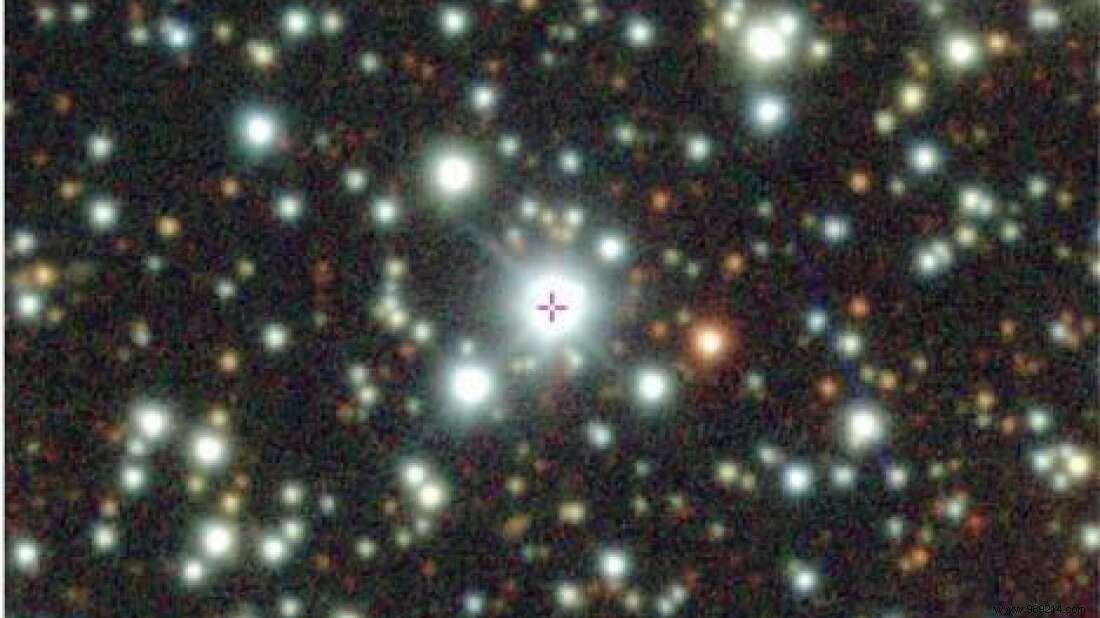An analysis of data from the TESS satellite revealed something strange. In a two-star system, one of the two seems regularly eclipsed by an unknown object. Researchers suspect the presence of a large asteroid or possibly even a small planet releasing a cloud of dust.
Put into orbit in April 2018, TESS (abbreviation of Transiting Exoplanet Survey Satellite) had the heavy responsibility of succeeding Kepler, the source of two thirds of the discoveries of exoplanets made to date. Despite the pressure, the satellite has done quite well with more than 170 officially registered new worlds , when more than 4,700 are waiting to be confirmed.
Like Kepler before it, TESS uses the transit method to carry out its mission. As a reminder, this consists of detecting weak and regular drops in stellar luminosity, most often testifying to repeated passages of planets between the observer (TESS) and the host star.
Astronomers examining satellite data recently came across a new object called TIC 400799224 that appeared to fluctuate in brightness. TIC 400799224 appears to be a stellar binary, or two stars orbiting each other about 300 AU apart (1 AU being the average distance between the Earth and the Sun).

The team still doesn't know which of these two stars hosts the mysterious object causing the brightness dips. We just know that the dimming is regular and happens approximately every 19.77 days , while the duration, intensity and shape of these troughs vary enormously. According to the researchers, this irregular gradation suggests that this "mysterious object" could be a cloud of dust emitted sporadically following the disintegration of a small planet or a nearby large asteroid.
It wouldn't be a first. In contrast, all of the previous examples involved stars much fainter and less massive than TIC 400799224. Also, dips in brightness were much fainter and more regular. Also, for the time being, the nature of this object remains unknown. However, you might be able to help.
At magnitude 12.6, the TIC 400799224 system is indeed bright enough to be visible to modestly sized backyard telescopes. According to the authors, the interested parties could therefore record subsequent transits of up to 25% in depth , which could make it possible to supplement professional data to monitor the evolution of the situation. Unfortunately, the object is too far south to be seen from northern latitudes. In other words, only inhabitants of the southern hemisphere are concerned.